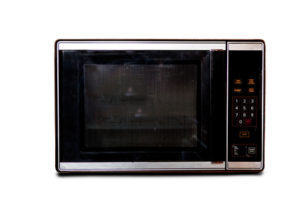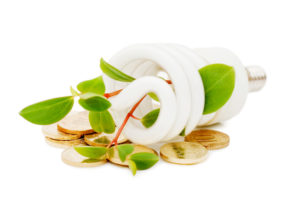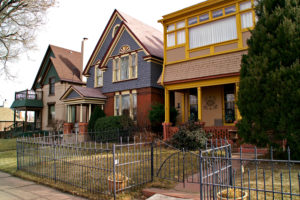A Comparison of Roofing Materials
Not all roofs are created equal. Here is a comparison of the different types of roofing materials, so you can find which roof is best for your home.
Asphalt Shingle is the most common roofing material, because it’s the least expensive and requires minimal skill to install. It’s made of a fiberglass medium that’s been impregnated with asphalt and given a surface of sand-like granules. Two basic configurations are sold: the standard single-thickness variety and thicker, laminated products. The standard type costs roughly half as much, but laminated shingles have an appealing textured appearance and last roughly half as long (typically 25 years or more, versus 15 years plus). Prices range from $50-200 per square foot. (Depending on the type of asphalt shingle with installation, an asphalt shingle roof can cost many times that.)
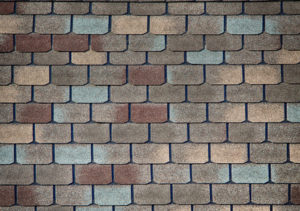
Wood was the main choice for centuries, and it’s still a good option, though in some areas, fire codes forbid its use. Wood roofs are usually made of cedar, redwood, or southern pine; shingles are sawn or split. They have a life expectancy in the 25-year range like asphalt shingles, though are more pricey at $350-450 per square foot.
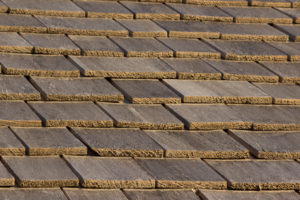
 Metal. Aluminum, steel, copper, copper-and-asphalt, and lead are all durable and more costly roofing surfaces. Lead and copper/asphalt varieties are typically installed as shingles, but others are manufactured for seamed roofs consisting of vertical lengths of metal that are joined with solder. These roofs start around $250 per square, though can cost up to $750 per square.
Metal. Aluminum, steel, copper, copper-and-asphalt, and lead are all durable and more costly roofing surfaces. Lead and copper/asphalt varieties are typically installed as shingles, but others are manufactured for seamed roofs consisting of vertical lengths of metal that are joined with solder. These roofs start around $250 per square, though can cost up to $750 per square.
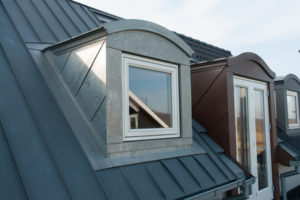
Modern design vertical roof window with black light metal covering
Tile and Cement – The half cylinders of clay tile roofing are common on Spanish Colonial and Mission styles; cement and some metal roofs imitate tile’s wavy effect. All are expensive, very durable, and tend to be heavy. Clay tile roofs are likely to last 50 plus years, and will generally cost between $800-1000 per square foot. Concrete tile is expected to last just as long, though is cheaper at $300-500 per square foot.
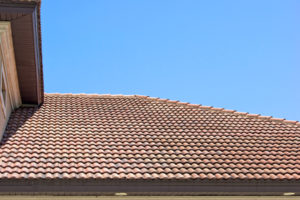
Slate is among the most durable and long lasting of all roofing materials. Not all slate is the same—some comes from quarries in Vermont, some from Pennsylvania and other states—but the best slate shingles will outlast the fasteners that hold them in place. In fact, slate roofs up to 100 years old are often recycled for reinstallation with the expectation the material will last another century. Slate is among the most expensive of all roofing materials – prices typically start at about $800 a square going up to $2000 per square—and are very heavy.
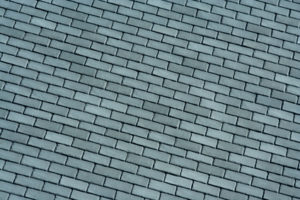
Solar shingles are photovoltaic cells, capturing sunlight and transforming it into electricity. Most solar shingles are 12 by 86 inches and can be stapled directly to the roofing cloth. Different models of shingles have different mounting requirements. Some can be applied directly onto roofing felt intermixed with regular asphalt shingles while others may need special installation. Solar-shingled roofs have a deep, dark, purplish-blue color, and often look similar to other roofs. Homeowners may be drawn to solar shingles because of their aesthetic value, allowing the homeowner to utilize solar power without large panels on their roofs.

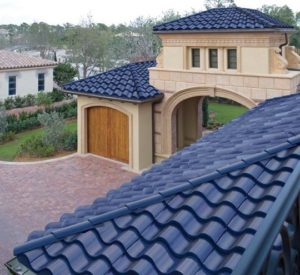
Note: Not every roofing material can be used on every roof. A flat roof or one with a low slope may demand a surface different from one with a steeper pitch. Materials like slate and tile are very heavy, so the structure of many homes is inadequate to carry the load. Consider the following options, then talk with your designer and get estimates for the job.

